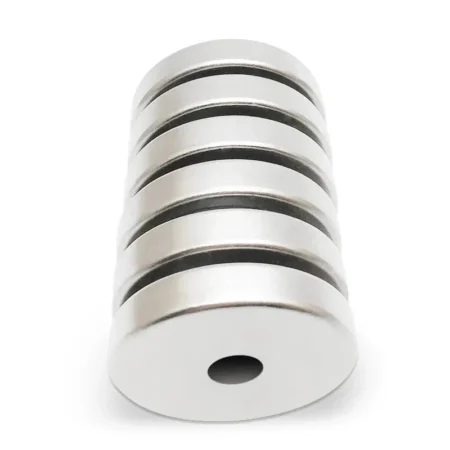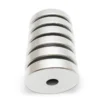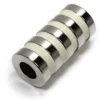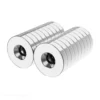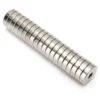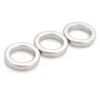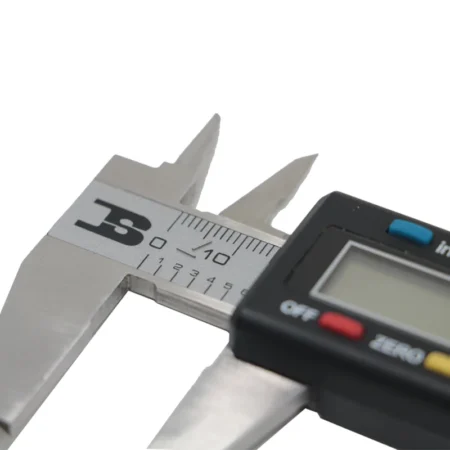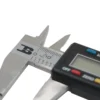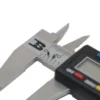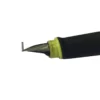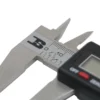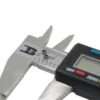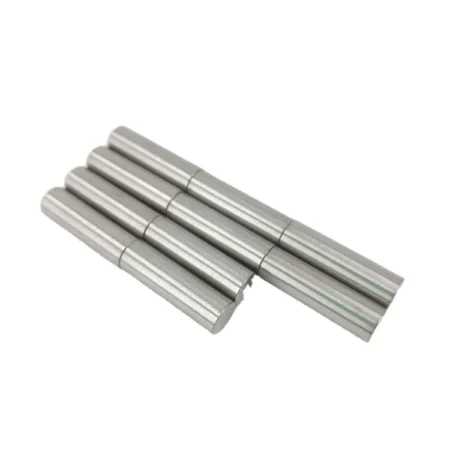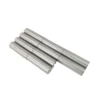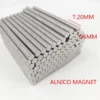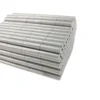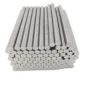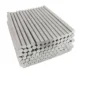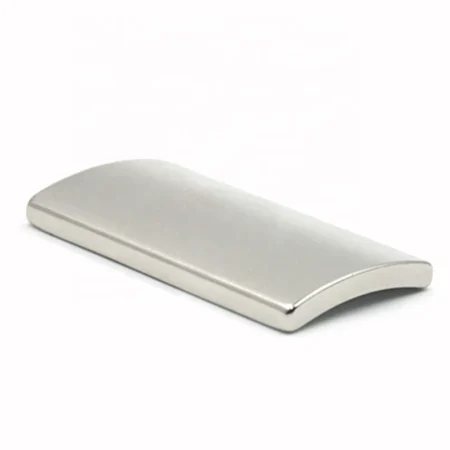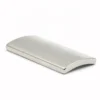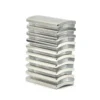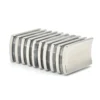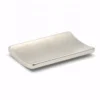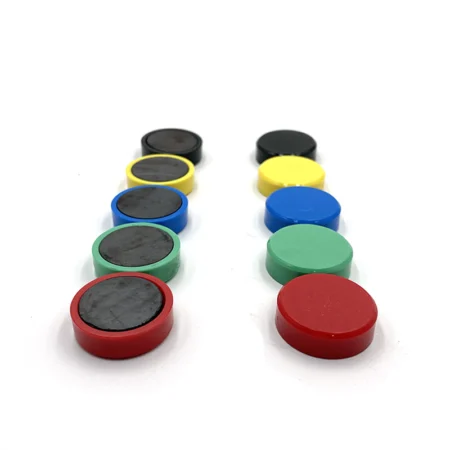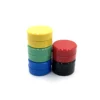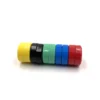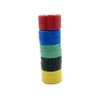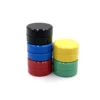Cylinder AlNiCo Magnet Custom Cast Polished Magnets丨CORT
Cylinder AlNiCo Magnet Product Overview
Cylinder AlNiCo Magnet Technical Specifications
| Parameter | Specification |
|---|---|
| Material | Cast AlNiCo alloy (aluminum-nickel-cobalt) |
| Shape | Cylindrical with custom diameters and lengths |
| Workmanship | Investment casting process |
| Coating | Polished or painted surface finish options |
| Tolerance | ±0.1 mm on critical dimensions |
| Magnetization Direction | Axial (standard), radial, or custom directions |
| Magnetic Properties | Br: 1.0-1.4 T, Hc: 350-500 Oe |
| Operating Temperature | -40°C to +550°C |
| Typical Sizes | Diameters: 3mm to 50mm, Lengths: 5mm to 200mm |
| Density | 7.0-7.4 g/cm³ |
| Hardness | 450-550 HV |
Casting Process Advantages
- Cylinder AlNiCo Magnet utilizes traditional casting technology, which offers several key benefits:
- Design Flexibility: Capable of producing custom cylindrical dimensions and configurations
- Cost-Effective Production: Economical for medium to large volume requirements
- Size Capability: Can produce larger sizes than sintered alternatives
- Material Utilization: Efficient material usage with minimal waste
- Magnetic Performance: Optimized magnetic properties through controlled cooling
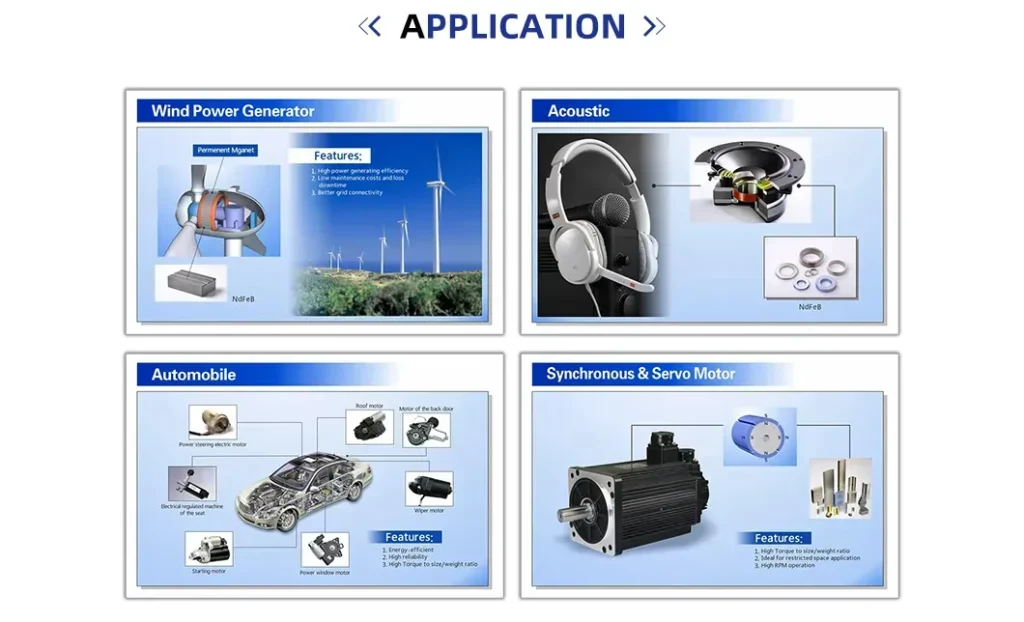
- Speaker Systems: Precision cylindrical magnets for audio equipment and loudspeakers
- Industrial Machinery: Position sensors, encoders, and magnetic couplings
- Jewelry Design: Custom magnetic components for magnetic clasps and jewelry applications
- Solenoid Devices: Core components for solenoid valves and actuators
- Motor Assemblies: Rotor and stator components for various motor types
- Instrumentation: Calibration equipment and precision measuring devices
- Cylinder AlNiCo Magnet offers extensive customization options to meet specific application requirements:
- Dimensional Customization: Custom diameters (3mm-50mm) and lengths (5mm-200mm)
- Surface Finishes: Polished metallic finish or custom-painted colors
- Magnetization Options: Axial, radial, or specialized magnetization patterns
- Hole Configurations: Optional axial holes for mounting and assembly
- Tolerance Levels: Standard ±0.1mm or enhanced precision available for critical applications
- Material Grades: AlNiCo 2, 5, 8, and 9 grades to optimize performance for specific applications
- The manufacturing process for Cylinder AlNiCo Magnet involves several critical stages:
- Pattern & Mold Making
- Sand molds for standard products
- Investment casting for precision components
- Mold temperature preheating to 200-300°C
- Alloy Melting
- Vacuum induction melting at 1500°C
- Strict composition control (±0.1% for key elements)
- The degassing process to remove impurities
- Casting & Solidification
- Directional solidification at 10°C/min cooling rate
- Vertical casting for optimal grain structure
- Pressure-assisted casting for complex geometries
- Heat Treatment
- Solution annealing at 1200°C for 2 hours
- Magnetic field annealing at 800°C (10 kOe applied field)
- Tempering at 600°C for stress relief
| Parameter Item | Specification Range | Testing Standard |
|---|---|---|
| Material Composition | Al-Ni-Co-Cu-Fe alloy | ASTM A801 |
| Remanence (Br) | 1.0-1.4T | IEC 60404-5 |
| Coercivity (Hc) | 350-500 Oe | IEC 60404-5 |
| Operating Temperature | -40°C ~ +550°C | ISO 9001:2015 |
| Density | 7.0-7.4 g/cm³ | ASTM B328 |
| Hardness (Hv) | 450-550 | ISO 6507-1 |
| Thermal Expansion Coefficient | 11×10⁻⁶/°C (20-200°C) | ASTM E228 |
Frequently Asked Questions—Cylinder AlNiCo Magnet
1. What are the main differences between Cylinder AlNiCo Magnet and sintered AlNiCo magnets?
Cylinder AlNiCo Magnet uses casting technology allowing larger sizes (up to 50mm diameter) with better cost efficiency for medium to large volumes. Sintered products offer tighter tolerances (±0.05mm vs. ±0.1mm) but are limited to smaller dimensions. Cast magnets typically have slightly higher magnetic properties while sintered versions provide better mechanical strength.
2. What is the maximum customizable cylinder size?
Standard production range includes diameters from 3mm to 50mm and lengths from 5mm to 200mm. Special customizations can achieve diameters up to 80mm and lengths of 300mm, though feasibility assessment is required. Very large components may need to be manufactured in segments and assembled.
3. How to choose between axial and radial magnetization for Cylinder AlNiCo Magnet?
Axial magnetization (poles on cylinder ends) works best for linear magnetic field applications. Radial magnetization (poles on cylinder sides) is ideal for rotating applications like motors and sensors. Our engineering team can provide magnetization direction recommendations based on your specific design requirements and magnetic circuit configuration.
4. What is the corrosion resistance difference between polished and painted finishes?
Polished finish relies on natural oxide layer providing good corrosion resistance in dry indoor environments (up to 5 years). Painted finishes (epoxy or polyurethane) offer enhanced protection with salt spray resistance up to 500 hours, suitable for humid or mildly corrosive environments. For marine or chemical environments, additional nickel plating is recommended.






